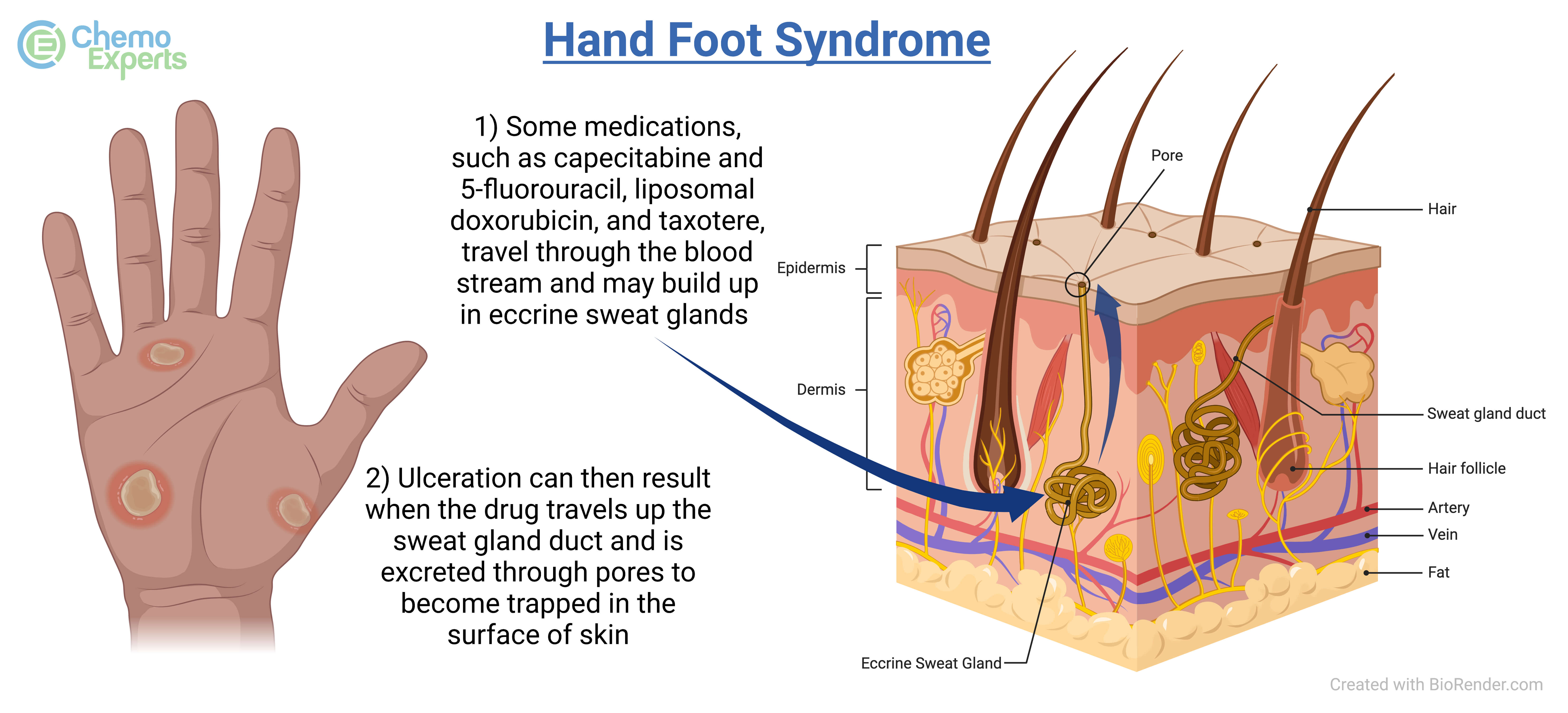How to Stop Sweaty Hands and Feet: Top Dermatology Treatments for Excessive Sweating
How to Stop Sweaty Hands and Feet: Top Dermatology Treatments for Excessive Sweating
Blog Article
Unveiling the Intricacies of Excessive Sweating: A Comprehensive Overview to Medical Diagnosis and Administration
Excessive sweating, medically understood as hyperhidrosis, is a condition that impacts a considerable number of people and can have an extensive influence on their top quality of life. While sweating is an all-natural physical feature, its overactivity in hyperhidrosis provides a distinct set of challenges that usually go past plain discomfort.
:max_bytes(150000):strip_icc()/the-doctor-cosmetologist-makes-injections-of-botulinum-toxin-on-the-palms-of-a-woman-against-hyperhidrosis--women-s-cosmetology--skin-care--1254089846-9a8ff2f7f5dc47f18339b3c9d138c5fd.jpg)
Understanding Hyperhidrosis Causes
Hyperhidrosis causes can be associated to various elements such as genetics, hormone inequalities, and particular clinical conditions. Genetics play a significant duty in key focal hyperhidrosis, where people inherit the condition from their relative. This kind of hyperhidrosis commonly materializes in particular areas like the hands, soles of the feet, underarms, and face. Hormone discrepancies, particularly an over active thyroid gland or menopausal adjustments, can likewise set off excessive sweating. In addition, specific medical problems such as diabetic issues, cardiovascular disease, and infections can lead to second generalized hyperhidrosis. These underlying health concerns can interrupt the body's natural air conditioning system, triggering the gland to end up being overactive. Comprehending the source of hyperhidrosis is vital in identifying and effectively handling this condition. By determining the specific variables contributing to excessive sweating, medical care carriers can tailor therapy plans to resolve the underlying cause, offering alleviation and improving the top quality of life for individuals influenced by hyperhidrosis.
Recognizing Hyperhidrosis Manifestations

In addition, hyperhidrosis signs may materialize in social and psychological distress, as people may feel ashamed or anxious concerning their sweating, bring about evasion of social circumstances (Exessive Sweating). In addition, duplicated episodes of excessive sweating can cause skin maceration, fungal infections, and a total reduction in self-esteem
Diagnostic Refine for Hyperhidrosis
Starting the analysis procedure for excessive sweating entails complete assessment of the person's clinical history and health examination. Asking about the start, duration, and causes of sweating episodes is vital to distinguish in between primary focal hyperhidrosis and second generalized hyperhidrosis. Clinical history must also consist of inquiries regarding medications, clinical conditions, and family members history of hyperhidrosis.
Throughout the physical exam, specific focus is paid to the areas influenced by sweating. The doctor may analyze the extent of sweating, check for indicators of underlying conditions, and examine the influence of sweating on the individual's high quality of life. In addition, certain tests like the gravimetric examination, starch-iodine examination, or skin conductance measurements may be performed to quantify the amount of sweat created.
Additionally, in instances where second hyperhidrosis is thought, additional examinations such as blood examinations, urine tests, and imaging research studies might be suggested to determine the underlying cause of excessive sweating. The diagnostic procedure aims to precisely figure out the kind and reason for hyperhidrosis to guide proper monitoring strategies.
Treatment Alternatives for Hyperhidrosis
When attending to excessive sweating, various treatment alternatives are offered to minimize signs and enhance the person's lifestyle. The therapy technique for hyperhidrosis depends upon the seriousness of symptoms and the individual's feedback to preliminary treatments.
Topical treatments, such as aluminum-based antiperspirants, are usually recommended as the initial line of protection for managing moderate cases of hyperhidrosis. For individuals with extra serious signs, oral medications like anticholinergics may be suggested to assist reduce sweating.

Effective Management Approaches
To effectively take care of hyperhidrosis, a thorough and customized treatment strategy tailored to the client's details demands and response to previous treatments is essential. This strategy might integrate a combination of therapeutic techniques, consisting of lifestyle modifications, topical treatments, dental medications, botulinum toxin injections, iontophoresis, and in extreme cases, medical treatments like sweat gland removal or sympathectomy. Way of living adjustments such as wearing moisture-wicking clothes, using antiperspirants, and exercising stress-reducing techniques can match medical interventions. Topical antiperspirants including light weight aluminum chloride are commonly the first-line treatment, with stronger solutions available for resistant cases. Dental drugs like anticholinergics may be recommended for generalized hyperhidrosis. Botulinum contaminant shots are effective for focal hyperhidrosis, giving short-term relief by blocking the release of acetylcholine. Iontophoresis, entailing making use of a reduced electric existing to minimize gland task, can be advantageous Homepage for both palmoplantar and axillary hyperhidrosis. Surgical options are normally reserved for serious, refractory situations and need mindful factor to consider of advantages and threats. A multidisciplinary approach including skin specialists, primary care doctors, and, if needed, surgeons, can maximize the monitoring of hyperhidrosis.
Verdict
In final thought, hyperhidrosis is a condition characterized by too much sweating, which can greatly influence an individual's high quality of life. With correct diagnosis and monitoring techniques, individuals suffering from hyperhidrosis can find relief and boost their overall well-being.
Excessive sweating, clinically recognized as hyperhidrosis, is a problem that impacts a substantial number of individuals and can have a profound influence on their top quality of life. By identifying the certain aspects adding to too much sweating, health care carriers can tailor therapy plans to attend to the underlying reason, providing alleviation and boosting the top quality of life for people influenced by hyperhidrosis.
Hyperhidrosis, identified by extreme sweating beyond what is necessary for regulating body temperature, can substantially influence a person's try these out quality of life. Making inquiries concerning the start, duration, and causes of sweating episodes is crucial to set apart between key focal hyperhidrosis and secondary generalized hyperhidrosis. Exessive Sweating.In final thought, hyperhidrosis is a problem identified by extreme sweating, which can significantly impact a person's top quality of life
Report this page